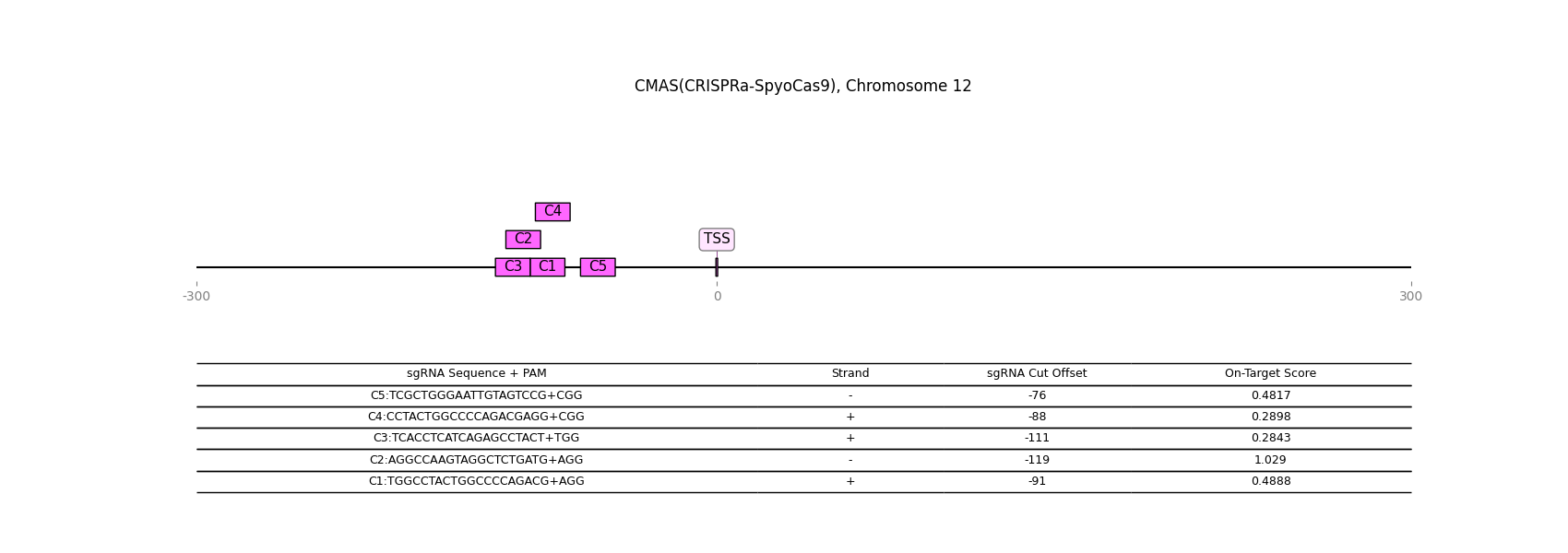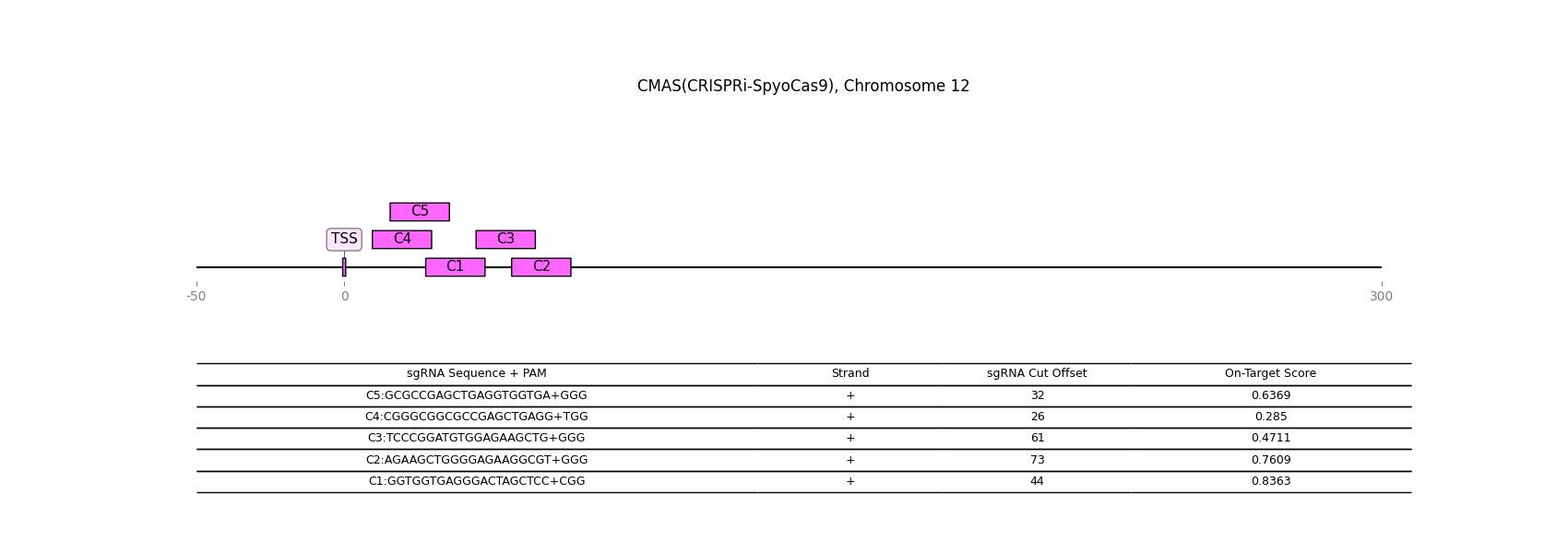Gene Details: CMAS
1 / 1
General Information
Gene Name: CMAS (N-acylneuraminate cytidylyltransferase)
Synonym:
Short Names:
Alternative Names: CMP-N-acetylneuraminic acid synthase;
Notes:
- Catalyzes synthesis of CMP-Neu5Ac from Neu5Ac.
- Can also act on other sialic acid types like Neu5Gc and Kdn.
Description from Dr.Glyco-GPT:
Warning: LLMs can generate factually incorrect information, as they simply predict the next word based on training data. Always verify LLM output by cross-checking with reliable sources!
Catalytic Activity

Reaction and Disease Links
EC # (IUBMB):
2.7.7.43
Brenda:
2.7.7.43
OMIM:
603316
KEGG: 55907
Rhea:
11344
Reactome :
R-HSA-4085001
Transcript levels (Cell lines and Single cell data) URL
CRISPR-knockout

CRISPR-activation

CRISPR-inactivation

Transcription factor-gene relationship (details at glycoTF page)
Top 10 TFs
| TF | Score |
|---|---|
| TCF25 | 1.010096 |
| UBE2I | 0.998797 |
| XRCC5 | 0.982970 |
| HNRNPK | 0.981545 |
| SSU72 | 0.980103 |
| YY1 | 0.980070 |
| SON | 0.970131 |
| RBM39 | 0.969042 |
| PCBP1 | 0.966174 |
| PCBP2 | 0.958397 |
Licensing: CC BY 4.0. You are fee to copy, redistribute, remix, transform and build upon all material, except for textbook figures from the Essentials.